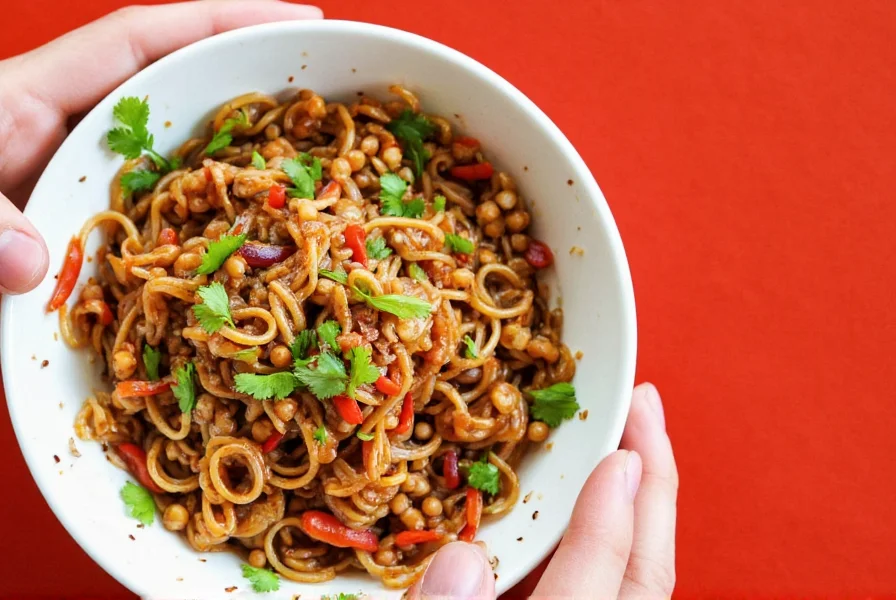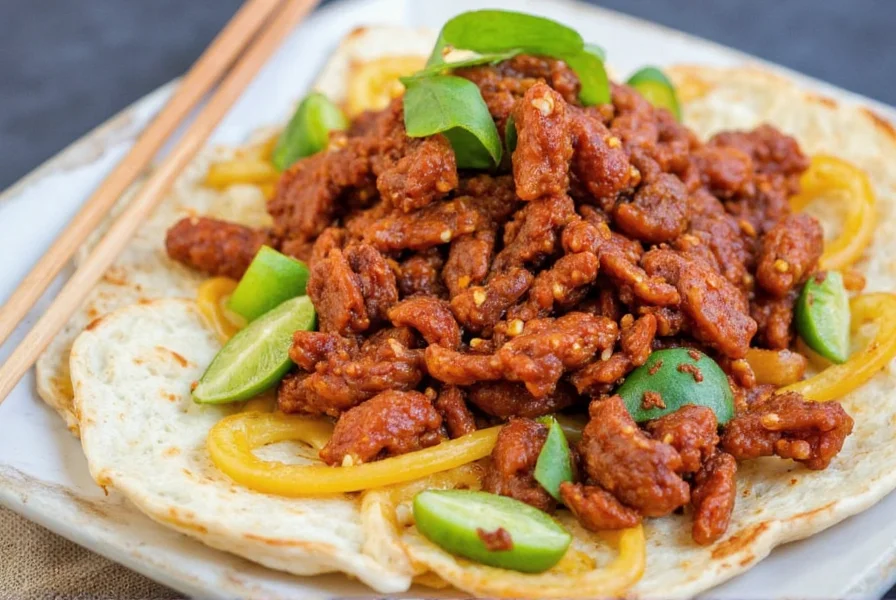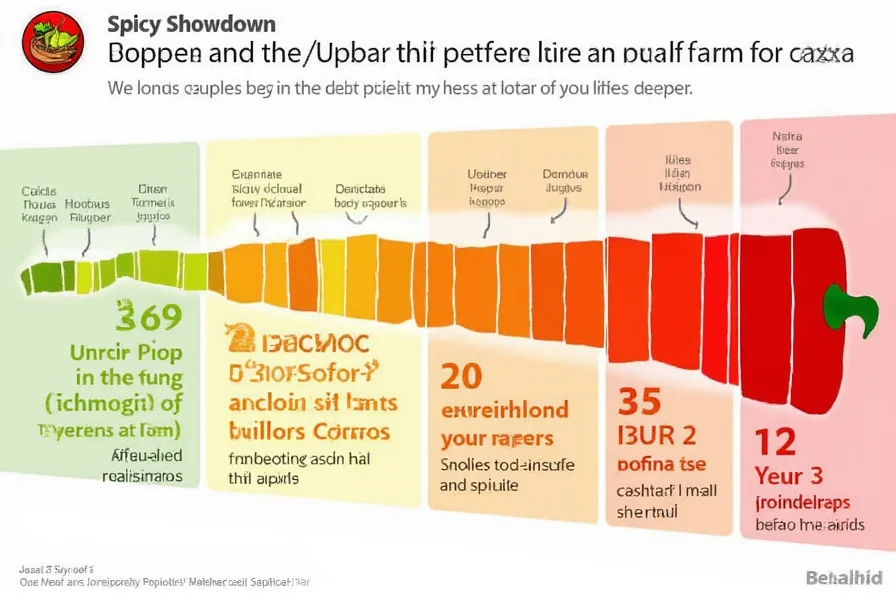Peppercorn Sichuan: A Spicy Adventure for Your Taste Buds
Table of Contents
- Introduction to Peppercorn Sichuan
- The Science Behind the Numbing Sensation
- Practical Tips for Cooking with Peppercorn Sichuan
- A Buying Guide for Quality Sichuan Peppercorns
- Comparison Table of Different Varieties
- Conclusion
Introduction to Peppercorn Sichuan
Sichuan peppercorns, a cornerstone in Chinese cuisine, are more than just a spice. They deliver an electrifying sensation that numbs your tongue and tingles your lips. But what exactly makes peppercorn sichuan so special? It’s all about its unique compounds like hydroxy-alpha-sanshool, which create this one-of-a-kind experience.

The Science Behind the Numbing Sensation
When you bite into a dish seasoned with peppercorn sichuan, the first thing you notice is a subtle citrusy aroma followed by a warming heat. Then comes the magic—the numbing effect. This happens because the active compounds in Sichuan peppercorns interact with nerve endings in your mouth, creating vibrations similar to touching a 50Hz current. Imagine having a small massage on your tongue—this is what makes it unforgettable!
Practical Tips for Cooking with Peppercorn Sichuan
Cooking with Sichuan peppercorns doesn’t have to be intimidating. Here are some practical tips:
- Toasted Flavor: Lightly toast the peppercorns before grinding them to release their essential oils and enhance flavor.
- Balance Heat: Combine peppercorn sichuan with other spices like star anise or ginger to balance out the intensity.
- Mild Dishes: For milder dishes, use cracked peppercorns instead of ground ones to control the numbing effect.
Tips for Pairing Ingredients
Sichuan peppercorns pair beautifully with proteins such as chicken, beef, and tofu. Try incorporating them into stir-fries, soups, or even desserts for a surprising twist. Remember, the key lies in finding harmony between flavors.

A Buying Guide for Quality Sichuan Peppercorns
Not all Sichuan peppercorns are created equal. When shopping, look for these features:
- Freshness: Choose whole peppercorns over pre-ground versions to ensure maximum freshness.
- Color: Opt for bright red or brownish-red varieties, as they tend to have a better flavor profile.
- Scent: Smell the peppercorns; they should have a strong, fragrant aroma reminiscent of lemon zest.
Some popular brands include McCormick's Organic Sichuan Peppercorns and Spice Hunter's Whole Sichuan Peppercorns. These products cater to home cooks who want authentic, high-quality ingredients. Suitable occasions include preparing traditional Sichuan hotpot or adding depth to everyday meals.

Comparison Table of Different Varieties
| Variety | Flavor Profile | Numbing Effect | Best Use Cases |
|---|---|---|---|
| Hongjiao (Red) | Citrusy, Warm | Moderate | Hotpot, Stir-Fries |
| Jingjiao (Green) | Fresh, Herbal | Strong | Desserts, Salad Dressings |
| Heijiao (Black) | Earthy, Woody | Light | Rice Dishes, Soups |
Conclusion
Peppercorn sichuan is more than just a seasoning—it’s an experience that awakens your senses. Whether you’re a professional chef or an amateur enthusiast, understanding how to use this spice can elevate your culinary creations. Experiment with different varieties, follow our buying guide, and don’t forget to enjoy the journey of discovery. After all, cooking with Sichuan peppercorns is like embarking on a flavorful adventure where every bite tells a story.










 浙公网安备
33010002000092号
浙公网安备
33010002000092号 浙B2-20120091-4
浙B2-20120091-4